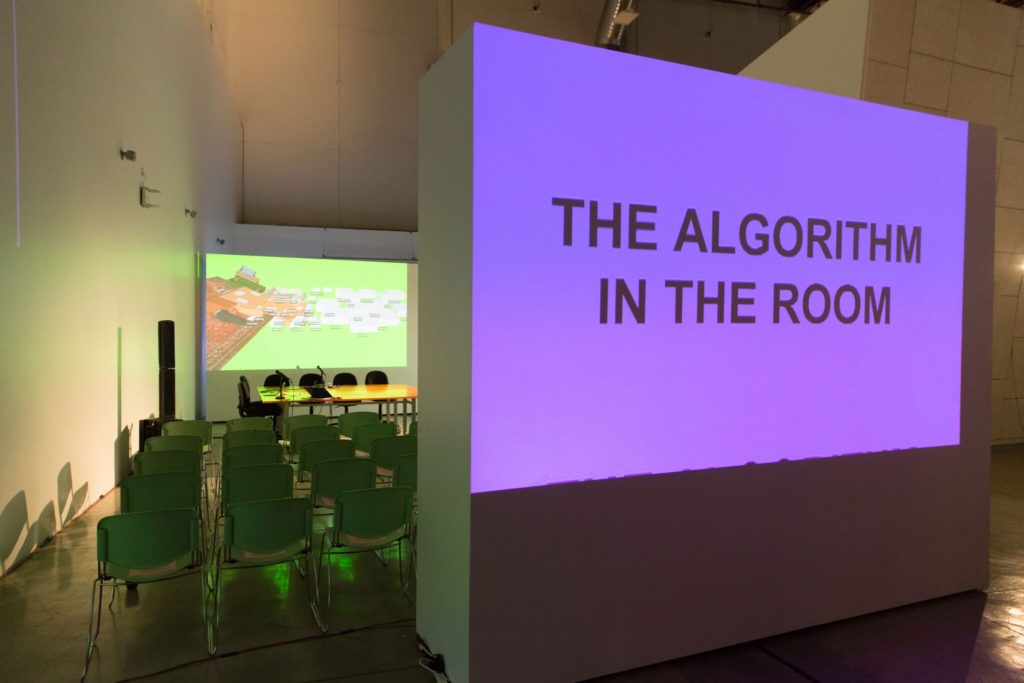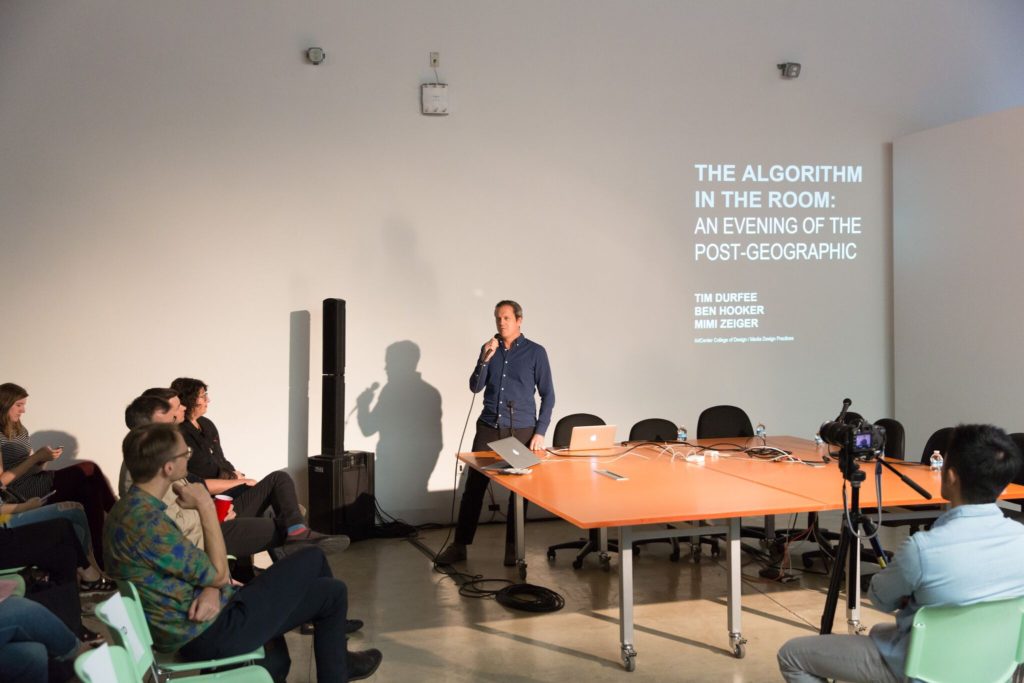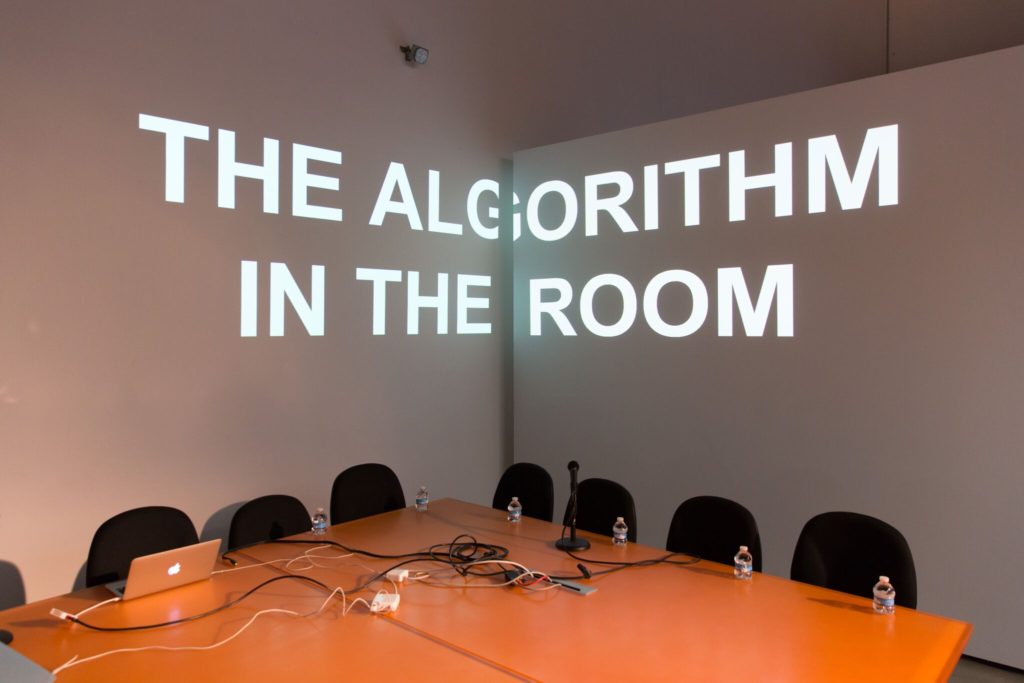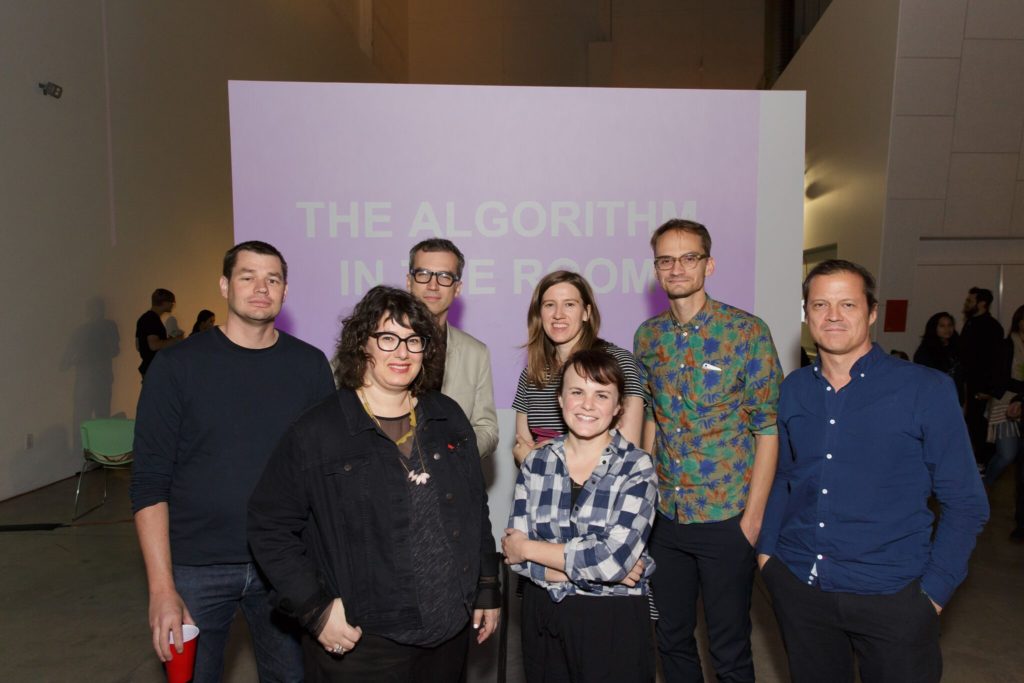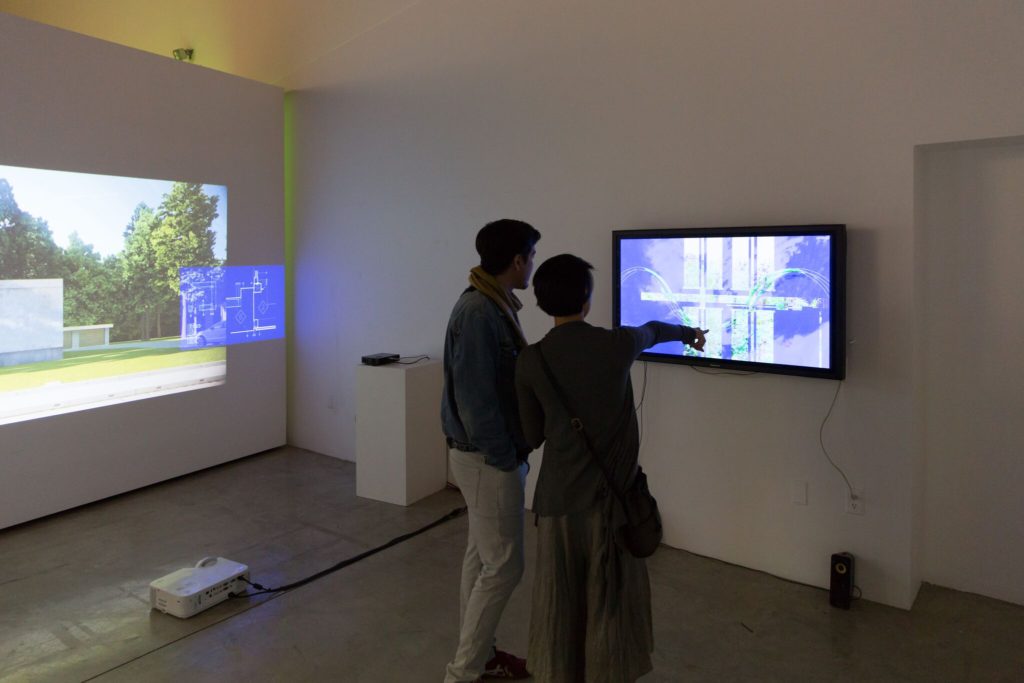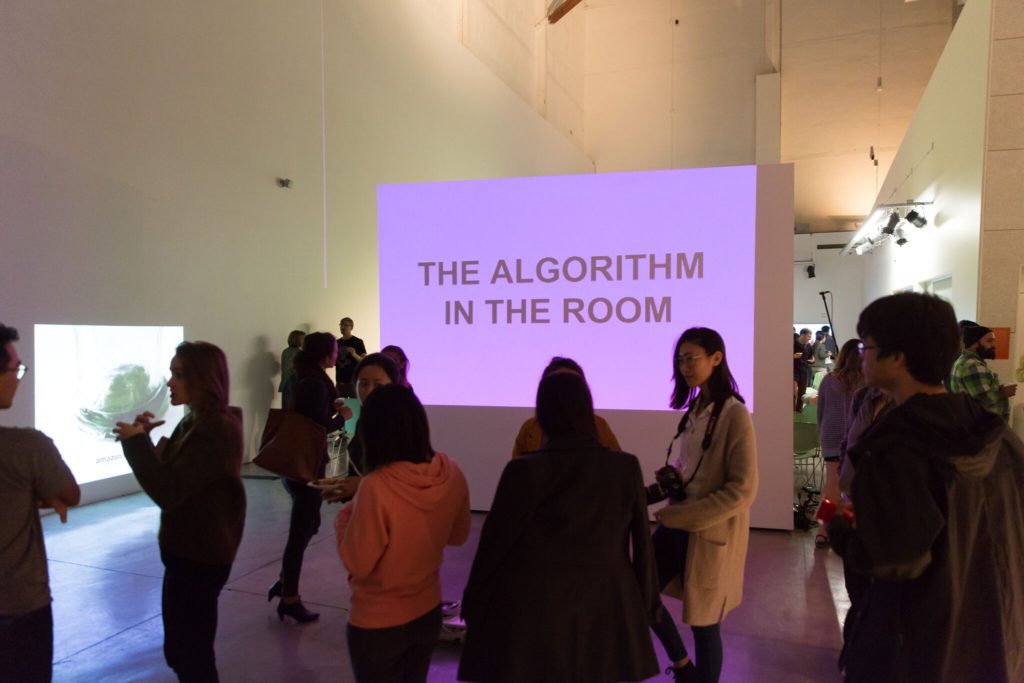This November, the Manetti Shrem Museum on the University of California, Davis, campus opened to the public. Designed by New York City–based SO-IL with the San Francisco office of Bohlin Cywinski Jackson, the museum pays homage to the agricultural landscape of California’s Central Valley with an oversize roof canopy. The steel members of the 50,000-square-foot shade structure, nearly twice the size of the museum itself, reference the patterning of plowed fields and create a welcoming outdoor space for visitors. It is both expressive and practical, but getting that balance wasn’t easy. Read More …
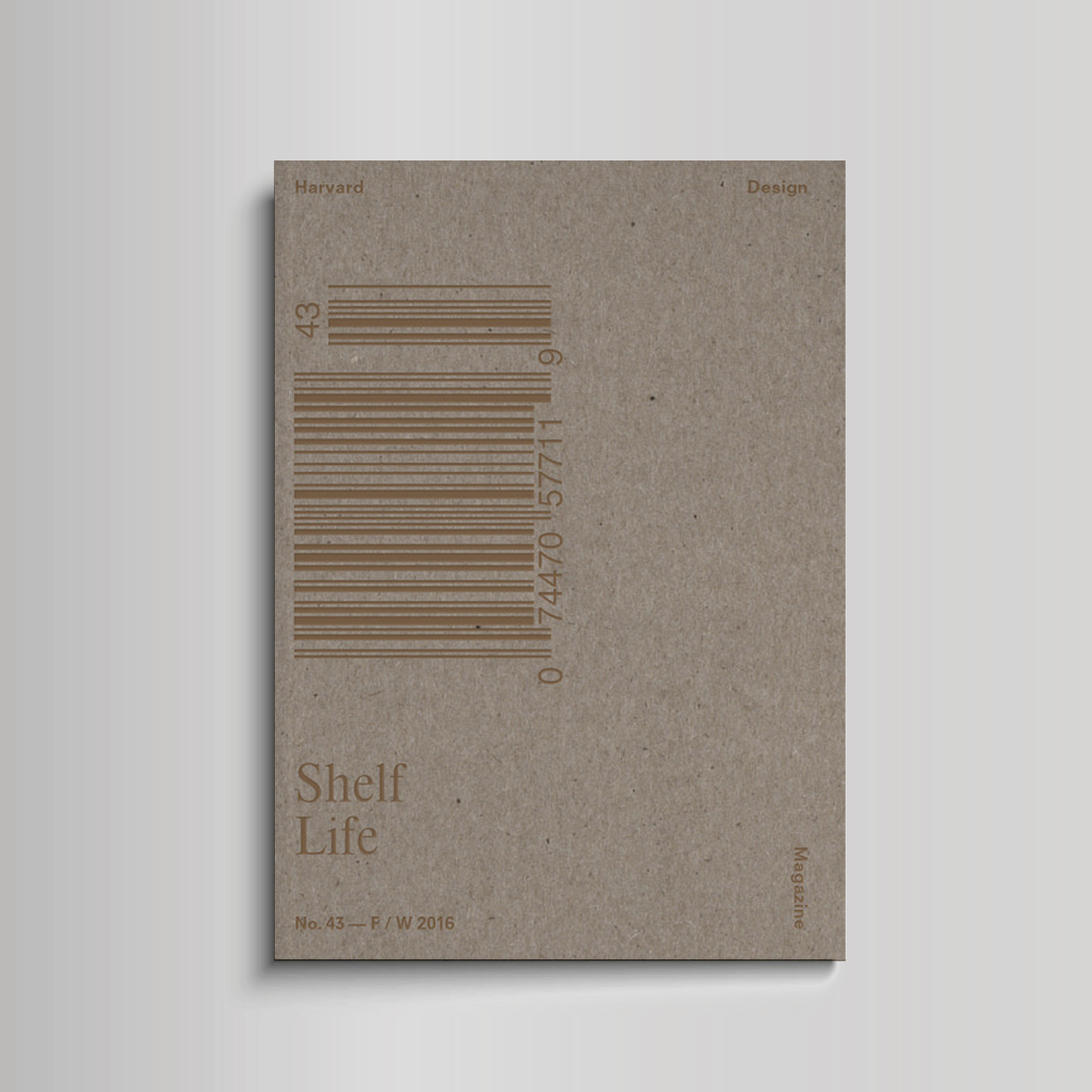
Harvard Design Magazine is pleased to announce its 43rd issue: “Shelf Life.”
The more stuff we accumulate, the more space we need to store it all. Vast portions of the landscape are claimed and governed by spaces of storage, their maintenance, and the goods that move through them—or remain buried within them indefinitely.
This issue of Harvard Design Magazine investigates and unpacks the contents, containers, and systems of storage that organize our world. Read More …
It’s hard to believe that it was only last month that Robert Ivy, executive vice president and CEO of the American Institute of Architects (AIA), pledged the national organisation and its membership to working with president-elect Donald Trump.
Issued just days after the election, the tone-deaf timing of the obsequious memo provoked reactions from The Architecture Lobby, critic Michael Sorkin and Equity in Architecture (among others), who rejected the AIA’s stance as politically representative of professional architects. Read More …
“Los Angeles, being the inclusive city that it is, developed in opposed directions at the same time: the downtowns, Wilshire Boulevards, and Century Cities grew along late modern lines, while the peripheries went their own heteromorphic way. This sixties split established what has now became two architectural codes: Mies of the classes, and hetero-architecture for the masses.”- Charles Jencks, 1996.
The collision of Real Estate speculation and political friction makes Los Angeles one of the most volatile development arenas in modern urbanism. Yet, after a half-century of under-building and spot zoning, an infusion of speculative capital, coupled with a dearth of available land, is driving Los Angeles to grow up, instead of out. Present debates about homelessness, housing affordability, and urban density suggest that L.A. could embrace vertical density in a decidedly different fashion than Chicago or Manhattan- cities which adopted skyscraper development primarily as a response to technological innovation or financial speculation. While L.A.’s metropolitan context largely consists of what architectural theorist Charles Jencks once referred to as “heteromorphic architecture,” its growth upward signals the potential to give birth to a new urban form of spatial democracy, eschewing a city of iconic towers in favor of sectional and programmatic complexity instead.
Join us for a Panel Discussion centered on L.A.’s future density led by Archinect’s Amelia Taylor-Hochberg and featuring architects Scott Johnson, Jimenez Lai, John Southern, Peter Zellner, and journalist Mimi Zeiger.
The panel coincides with John Southern’s exhibition, Hot on the Heels of Love: Sensational Speculations– Now on view at the Jai&Jai Gallery.
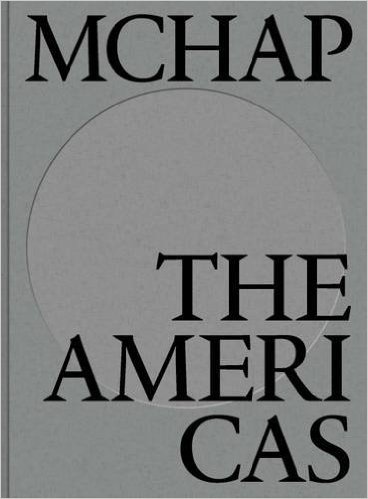
MCHAP: The Americas brings together leading architects and academics in a dialogue exploring the current state of architecture throughout the Americas and analyzes themes raised by the seven finalist projects (designed by Herzog & de Meuron, Álvaro Siza, Steven Holl Architects, OMA/ LMN – Rem Koolhaas and Joshua Prince-Ramus, Smiljan Radić, Cristián Undurraga, Rafael Iglesia) from the inaugural Mies Crown Hall Americas Prize recognizing the best built works in the Americas from 2000 through 2013.
Edited by Fabrizio Gallanti,the book includes contributions from the inaugural MCHAP jury (IITAC Dean Wiel Arets, Kenneth Frampton, Jorge Francisco Liernur, Dominique Perrault, Sarah Whiting) as well as essays by Fabrizio Gallanti, Pedro Alonso, Luis Castañeda, Felipe Correa, Pier Paolo Tamburelli, Horacio Torrent, Molly Wright Steenson, Mimi Zeiger.
MDP Design Dialogues Symposium + Exhibition with Tim Durfee, Ben Hooker, and Mimi Zeiger
November 17–26, 2016
November 17, 2016, 6:30–9 pm
SYMPOSIUM + OPENING RECEPTION
The Algorithm in the Room: An Evening of the Post-Geographic brings together an interdisciplinary group of designers and thinkers to discuss relationships between algorithmic and spatial practices. The algorithm in the room is the unspoken technological subject that reorients our understanding of design outcomes, ethics/politics, and authorship. Yet to concretize the algorithm, to try to peg down its functional uses within design is to misunderstand its potentially slippery (and productive) role as a bad collaborator. Feral and unpredictable, it provokes human, systemic, and urbanistic response. Via conversations and through digital, video, and screen-based works, this symposium and exhibition looks to raise difficult questions regarding the politics of predictive/automatized software, its architectural and urban impacts, and the aftereffects of recalibrated design agency. Speakers include: Jeff Maki, urban strategist and Joanne McNeil, writer. Videos exhibited by John Szot Studio, Tim Durfee + Ben Hooker, Jenny Rodenhouse.
Read More …
When media artist Refik Anadol arrived at Los Angeles International Airport in 2012, the first thing he did was rent a car and drive to Walt Disney Concert Hall. Jet-lagged after his long flight from Istanbul, where he was born and was immersed from an early age in computing, cinema, and photography, he stood outside in awe. “I was dreaming of what would happen if this building was embedded with memories, intelligence, and culture,” says Anadol. Read More …
Security, immigration, and defense dominated our political rhetoric this presidential election season. But while Donald Trump argued for a wall between the United States and Mexico, an art exhibition installed at the Presidio, a former military post in San Francisco, calls attention to historic defensive landscapes and the impact of contemporary conflicts on individuals. Read More …
The Museum of Art, Architecture and Technology (MAAT), whose swooping form hugs the bank of the Tagus River in Lisbon, Portugal, welcomed 22,000 visitors on its opening day in early October. Designed by British architect Amanda Levete and commissioned by the EDP Foundation, the cultural wing of gas and electric corporation Energias de Portugal, the museum is the latest addition to the foundation’s historic campus, which includes the renovated Central Tejo power station, whose main building and old boiler and turbine halls have been converted into galleries and art spaces. Read More …
The Crystal Cathedral in Garden Grove, Calif., designed in 1980 by Philip Johnson (with his partner John Burgee) for Christian televangelist Robert H. Schuller, was both a destination for the faithful and a broadcasting studio for the pastor’s weekly Hour of Power television show. Reverend Schuller was an architectural connoisseur (the AIA named him an honorary member in 2003), and the 78,000-square-foot steel-and-glass-building attracted thousands of congregants, including some local architects, who would drive south to Orange County for The Glory of Christmas, a spectacular holiday pageant on the scale of a Broadway show, with music, lights, and even live camels. Read More …
